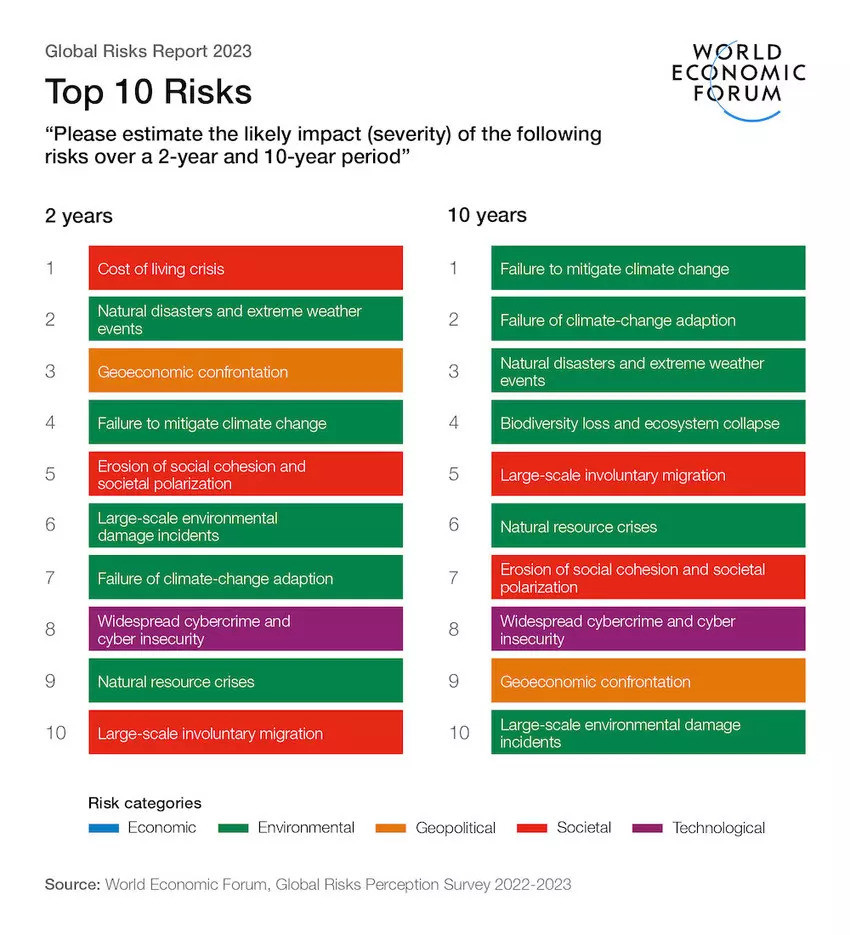
December 31, 2009
Better, Faster, Stronger? Design Thinking Gets a New Study

Proof of the value of design thinking is good news for practicing designers.
What’s the true value of design to business? This has been an unanswered question since Thomas Watson Jr. first uttered the words “Good design is good business” more than 50 years ago. Now we have a clear and powerful answer! Forrester Research studied IBM’s design practices and has determined that our unique programmatic approach to design and design thinking results in a dramatically faster and more efficient workflow, yielding a massive return on investment for IBM and for our clients.
While focused on IBM, the Forrester study is good news for any designer whose clients, patrons, and partners are hungry for clear and quantifiable data to help them make strategic decisions and — ultimately — to validate a larger investment in design. As designers, this new report provides us with a framework and vocabulary to discuss design in a way that resonates with business leaders. Plus, we see proof that the work of formally-trained designers is strengthened and elevated when their non-designer colleagues are included in the collaborative practice of design thinking, countering the uninformed opinion that “design thinking is bad for designers.”
At IBM we now have more than 1,600 formally-trained designers globally, giving us the largest corporate design team in the world. Additionally more than 110,000 employees have been trained as design thinkers, each gaining an understanding of the basic concepts and activities of the practice, and a deeper appreciation for the value their designer teammates bring. This combination of designers in deep collaboration with their cross-disciplinary teammates through human-centered design thinking is the clear difference-maker.
Forrester applied their rigorous Total Economic Impact™ methodology, surveying more than 60 senior executives from Fortune 1000-sized global enterprises, and conducting intensive interviews with IBM clients from a variety of geographies and industries. These clients have been led by IBM through a design transformation including designer staffing as well as design thinking training and advocacy. The exciting results of this report can be broken down into three key takeaways: alignment, speed, and value.

Design Thinking increases alignment and reduces risk
With the compounding complexity of business and tech problems, the need for cross-disciplinary teams to quickly align around a common mission is essential. Companies practicing IBM’s design thinking approach saw better collaboration, more aligned teams, and clearer prioritization of their business strategy.
More than 80% of business leaders surveyed reported their teams were more aligned and focused, and 37% cited higher employee productivity through design thinking. Ultimately, businesses are finding this increased alignment leads to lower risk of project failure.
This was essential to one financial services company, “You actually reduce risk with design thinking by validating your idea [with users] and whether the solution you build will actually hit the mark and solve the problem. With traditional techniques, you have much more risk of discovering necessary changes too late.”
Design Thinking helps us work faster
The rapid pace of change and disruption across all industries means it is critical for a company to get from a new idea to delivery in the market as fast as possible. IBM chairman Ginni Rometty emphasized this need for speed in her annual message to IBMers last January, “for us 2018 is about one word: acceleration!”
Forrester has determined that teams that are applying IBM’s design thinking practice and are adequately staffed with design talent are getting to market twice as fast as without. These teams are also seeing up to a 75% reduction in design and development time.
“Our teams are getting more aligned and we’re getting things done faster. [Previously] we were looking at six to eight months per release, and now we’re down to only three to four months.” said one Chief Information Officer interviewed for the report.

Design Thinking saves money
As a result of this better alignment and faster pace of work, Forrester discovered that design thinking teams are consistently cutting costs, reducing risks, and ultimately increasing profitability. One health and human services organization slashed the number of defects in their software product by well over 50% through the effective use of design and design thinking.
This more efficient workflow is resulting in a calculated ROI of more than 300% and a Net Present Value over an average three-year project of more than $36 million.
“The savings we achieved through just one project paid for our entire two-year engagement with IBM,” said a Senior VP of an IBM financial services client. A financial services digital product leader echoed this sentiment, “With design thinking we can spend a quarter of the amount we used to in gathering and agreeing on requirements. It saves hundreds of thousands of dollars for every project.”
Why these results are important for all designers
For designers who are skeptical of “design thinking,” the Forrester report contains an important message: designers at IBM — where design thinking has become the expectation rather than the exception — are engaged in projects far earlier, and with far more credibility, than before. This early access gives our designers the opportunity to influence the course of a project before it is established, rather than responding to a lousy brief written with no designer input. When the non-designers they are working with are more informed about design methodology, the resistance to a design-driven approach is significantly reduced. The ultimate outcome is better design work, and a markedly improved user and customer experience. This success is borne out in a wave of recent design awards for IBM teams from respected industry organizations Red Dot, iF, and Core77. The head of innovation at a manufacturing company says it best in the Forrester TEI report, “I have no doubt that design thinking has made our applications more intuitive.”
I’m confident that every client of every designer everywhere is trying to move faster, save money, and reduce risk — whether at a global enterprise, a digital start-up, or a local non-profit. The Forrester Total Economic Impact Report of Design Thinking at IBM proves without question that design, designers, and the collaborative, human-centered practice of design thinking can drive substantial business value when applied in a scaled and programmatic way. And it clearly positions IBM as the leader for design thinking in the enterprise.
Download the full Forrester report here and learn more about IBM’s design thinking practice on their website.
Observed
View all
Observed
By Doug Powell
Recent Posts
Courtney L. McCluney, PhD|Essays
Rest as reparations: reimagining how we invest in Black women entrepreneurs Food branding without borders: chai, culture, and the politics of packaging Why scaling back on equity is more than risky — it’s economically irresponsible Beauty queenpin: ‘Deli Boys’ makeup head Nesrin Ismail on cosmetics as masks and mirrors



